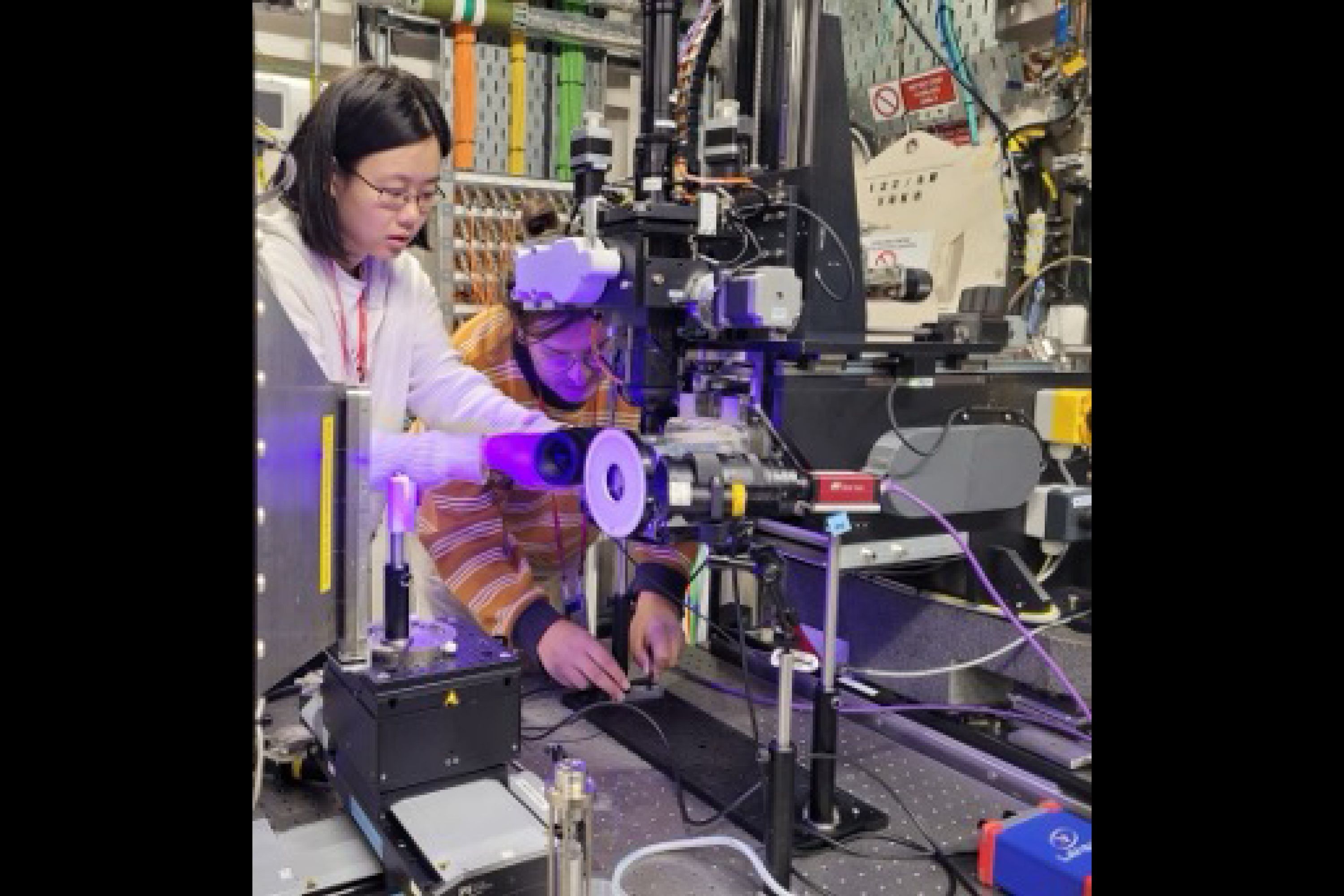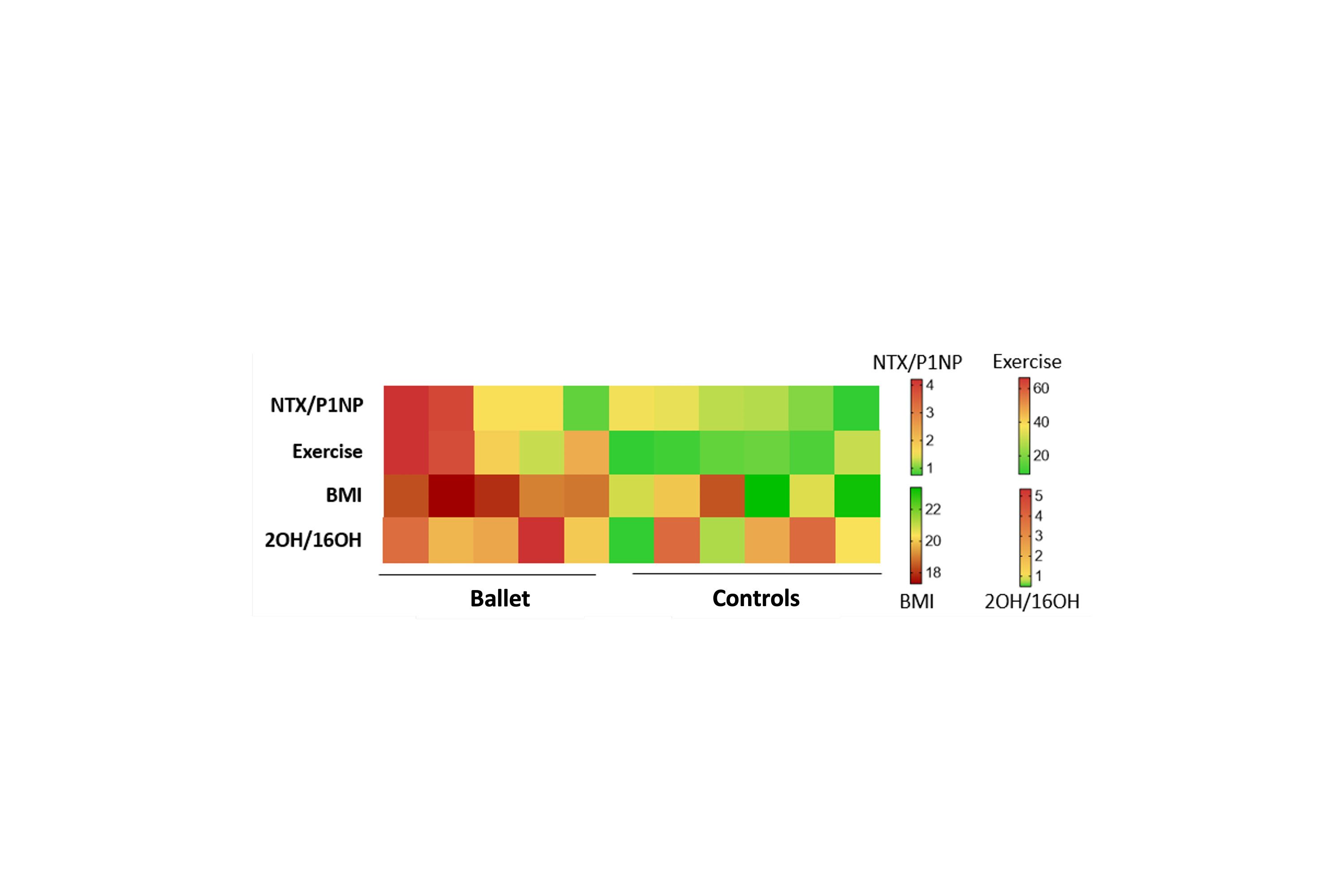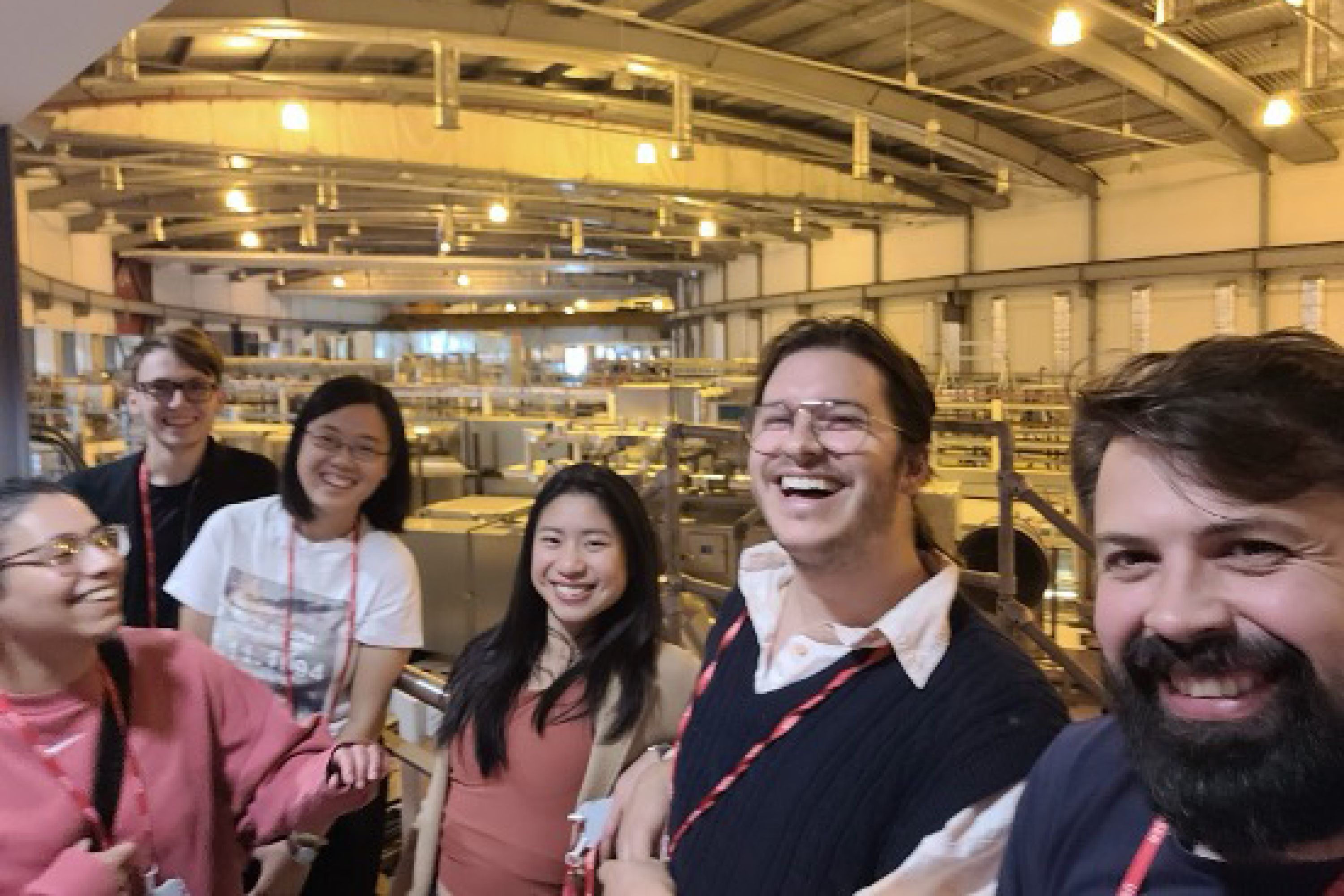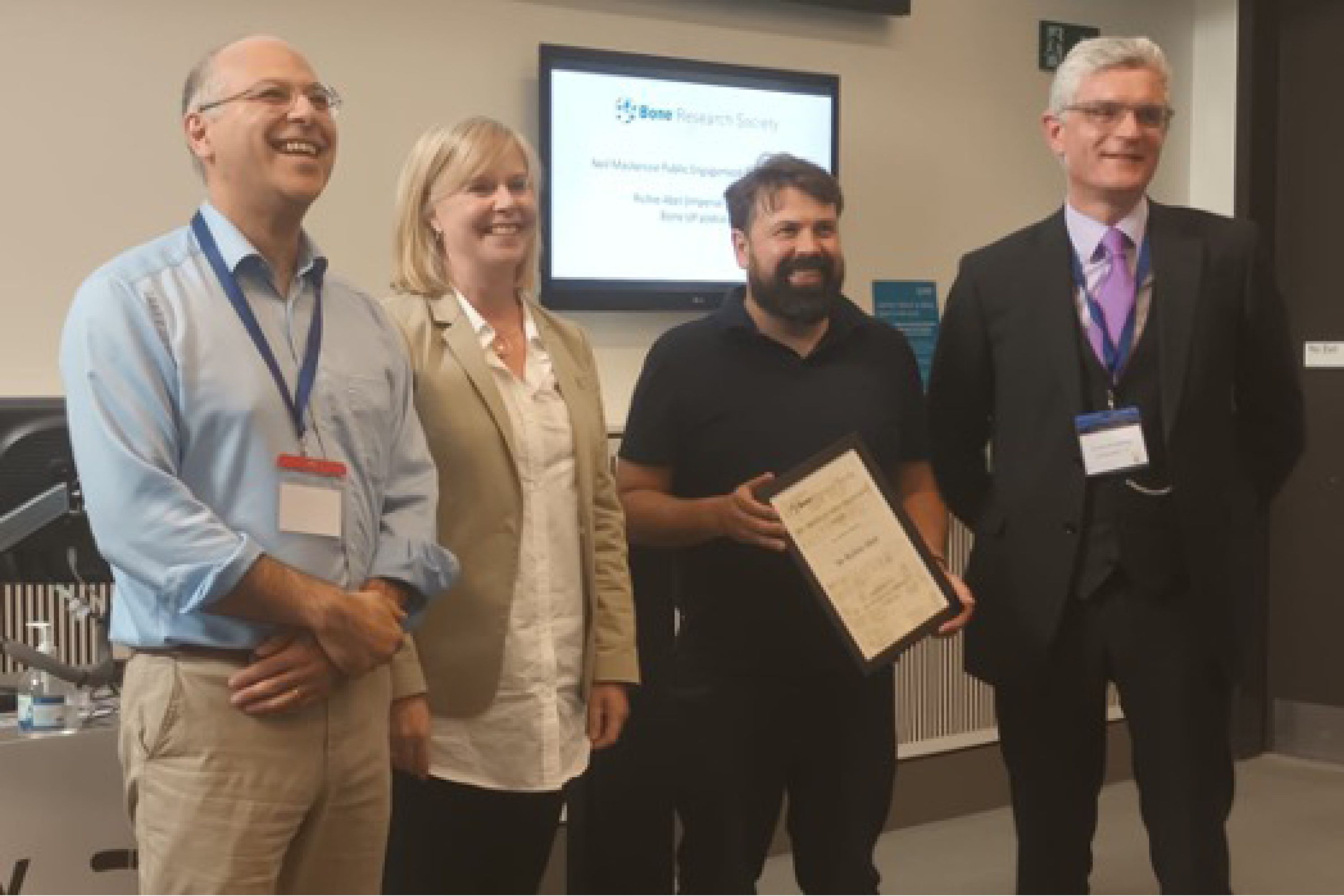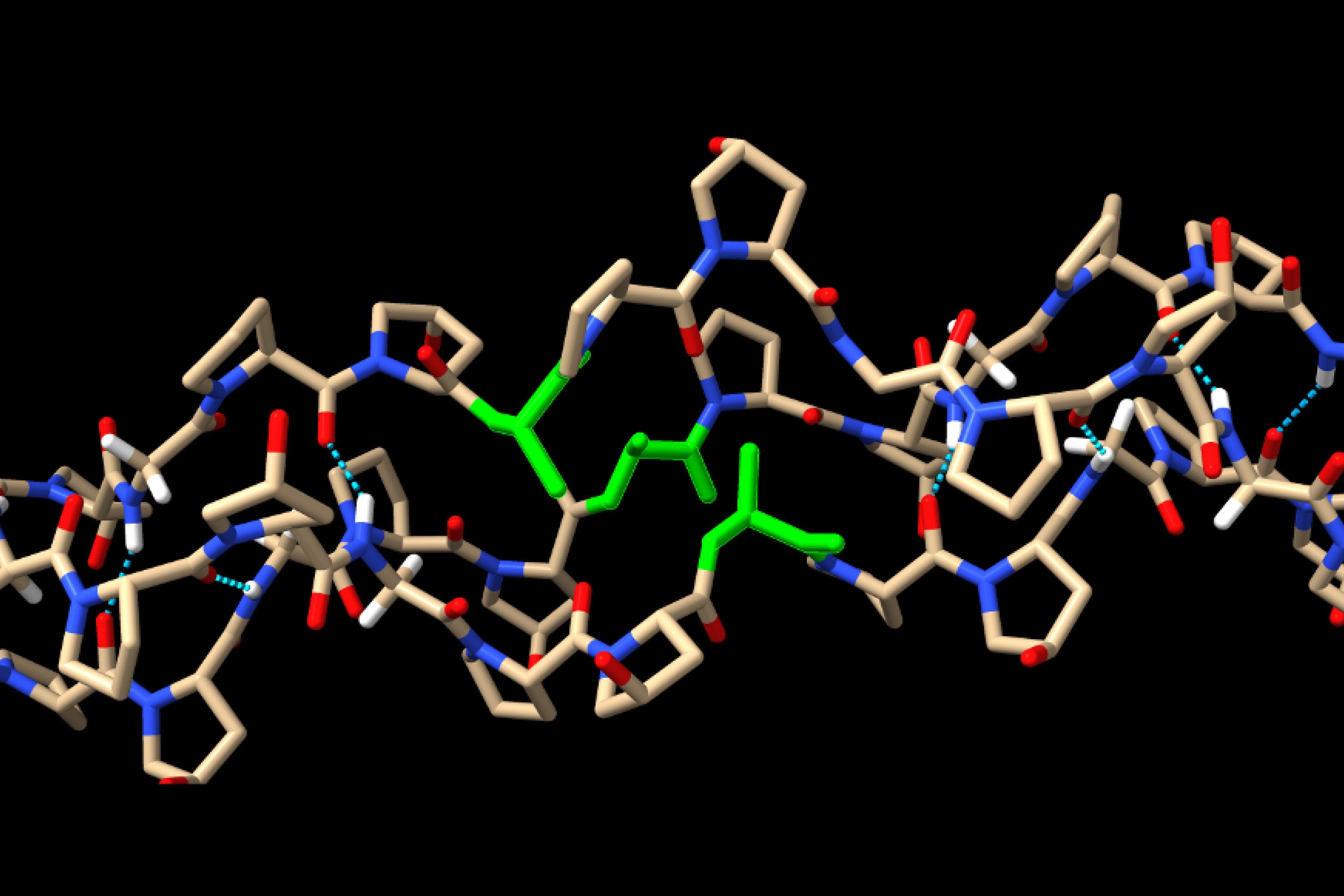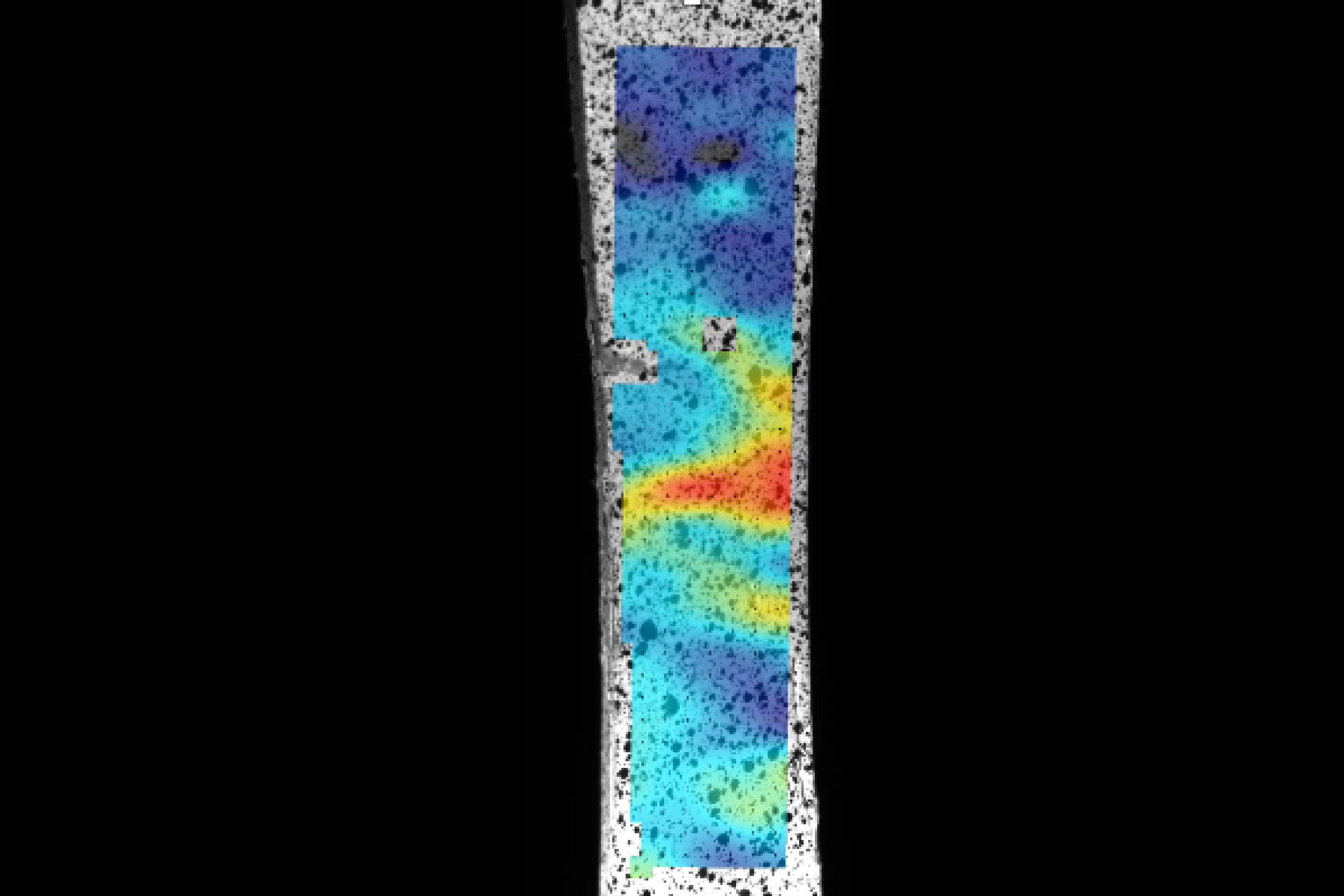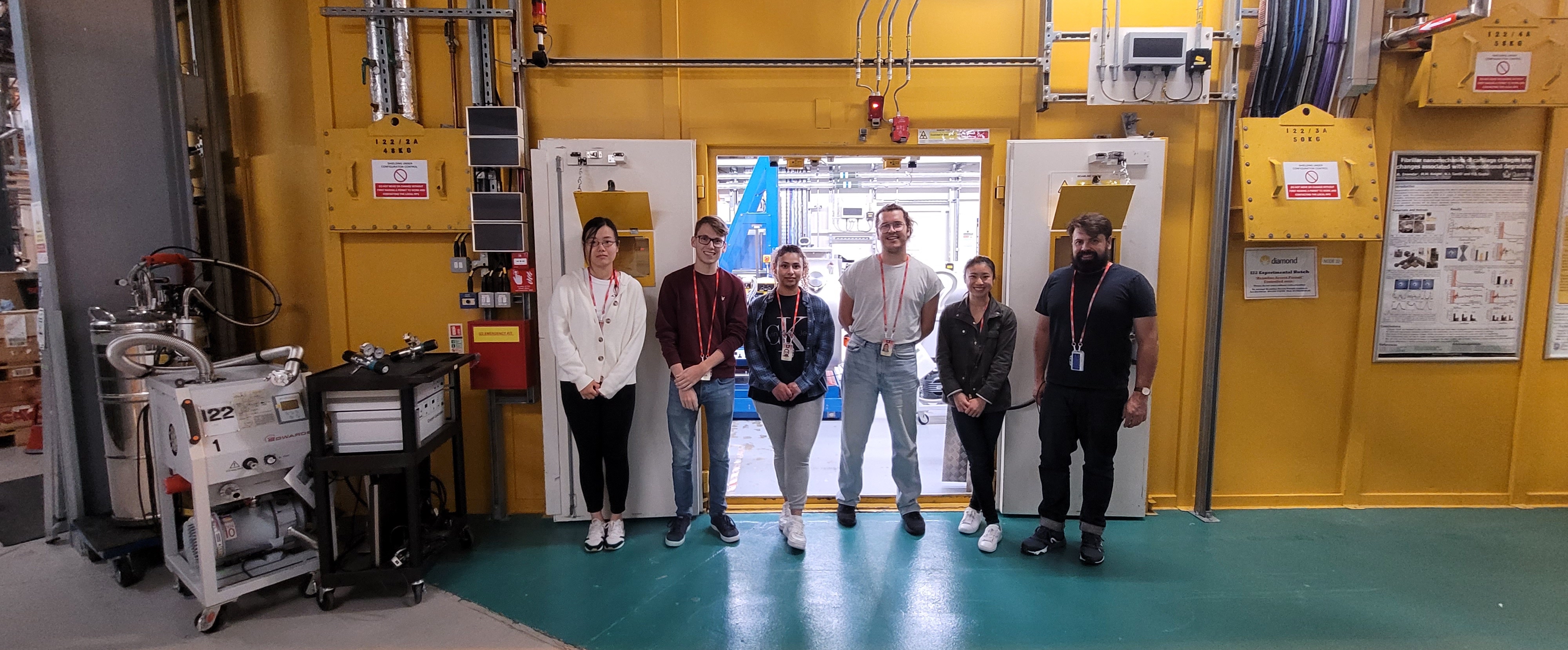
Contact
Dr Richard Abel
richard.abel@imperial.ac.uk
What we do
Our research pursues the evidence base for healthcare and environmental policy. Our primary goals are to discover the mechanisms behind the remarkable mechanical properties of bone and better understand how ageing and environmental factors, like environmental pollution, modulate the response to mechanical loading, predisposing bones to osteoporotic fracture from the molecular scale up.
Why our research is important
Our technical innovations in experimental imaging and computer modelling have resulted in new methods for studying tissue and organ mechanics from the molecular scale-up. We apply the methods to study the mechanisms underlying the effects of ageing and the environment on bone health and disease.
How our research benefits people and patients
We are translating the research by testing the application of bone health measures for clinical decision-making in surgery of the hip and spine. Our work also includes the introduction of novel diagnostic and screening technologies in healthcare to improve the identification and treatment of osteoporosis. We are also studying natural history of bone stress injuries in dancers (ballet and contemporary) to improve the health and well-being of dancers.
Summary of current research
New research in air pollution
We are working to establish a mechanistic link between exposure to air pollution, especially in urban areas, and the increased occurrence of osteoporotic fractures in ageing populations. We have three objectives. Our team is analysing the accumulation of metals in the bones of mice using advanced microscope imaging techniques. We will also study how these metals affect bone strength and resistance to fractures by subjecting bone samples to stress and fracturing them using the UK's particle accelerator, the Diamond Light Source. Additionally, we are developing computer models to simulate the impact of metal accumulation on bone mechanics. These models will help us understand the mechanisms behind bone weakness and fracture risk caused by metal ions. Our research has the potential to significantly contribute to our understanding of the relationship between air pollution and bone health. By providing new knowledge on the toxic effect of metal accumulation on bones, the study's findings can have implications for public health, policymaking, and the development of new tools and approaches to study pollutant toxicity and evaluate bone health.
Additional information
Collaborators
Related Centres
Funders
Past Members
| Madelaine Thornily | Bone Ultrasound software |
| Sara Behforootan | Bone Ultrasound hardware |
| Zexin Zheng | Hip resurfacing for AVN (clinical) |
| Tabitha Tay | Bone nanostructure and mechanics |
| Oliver Boughton | Optimising surgery through metrics of bone quality (clinical) |
| Crispin Wiles | Characterisation of the hierarchical structure of heterotopic bone |
| Shaocheng Ma | Effect of ageing on bone mechanics |
| Karyn Chappell | Magic angle MRI scanner (clinical) |
| Andi Jin | Micromechanical analysis of bone |
| Imran Shah | Systemic sex hormone alterations for prostate cancer (clinical) |
| Yurgit R Varaeva | Bone turnover biomarkers, diet, and exercise in elite ballet dancers |
| Niloofar Ajdari | Prosthetic materials in hemiarthroplasty |
Our researchers
Dr Richard Abel
/prod01/channel_3/media/images/people-list/ucb-bio-photo-4mb_1692098200738_x1.jpg)
Dr Richard Abel
Principal investigator
Dr Ulrich Hansen
/prod01/channel_3/media/images/people-list/ulrich_hansen_300X400.jpg)
Dr Ulrich Hansen
Principal investigator
Prof Justin Cobb
/prod01/channel_3/media/images/people-list/Justin-Cobb.jpeg)
Prof Justin Cobb
Chair in Orthopaedic Surgery
Mr Richard Stavri
/prod01/channel_3/media/migration/faculty-of-medicine/1573465918501_1611074245047_x4.jpg)
Mr Richard Stavri
Research Postgraduate
Dr Dahlia Eldosoky
/prod01/channel_3/media/images/people-list/Dahlia-Eldosoky-Photo.jpg)
Dr Dahlia Eldosoky
Research Associate
Mr Xing Zhou
/prod01/channel_3/media/images/people-list/Xing-Zhou-Photo.jpeg)
Mr Xing Zhou
Research Postgraduate
Mr Jamie Rowe
/prod01/channel_3/media/images/people-list/Jamie-Rowe-Photo.jpg)
Mr Jamie Rowe
Research Postgraduate
Mr Xiwen Dai
/prod01/channel_3/media/images/people-list/1598889631341.jpeg)
Mr Xiwen Dai
Research Postgraduate
Miss Joudi Ataleb
/prod01/channel_3/media/images/people-list/1686505597801.jpeg)
Miss Joudi Ataleb
Taught Postgraduate
Mr Monil Karia
/prod01/channel_3/media/images/people-list/monil-picture-1_1633015326045_x1.jpg)
Mr Monil Karia
Research Postgraduate
Dr David Wilson
/prod01/channel_3/media/images/people-list/david_wilson_nov_2014_pic.jpg)
Dr David Wilson
Research Postgraduate
